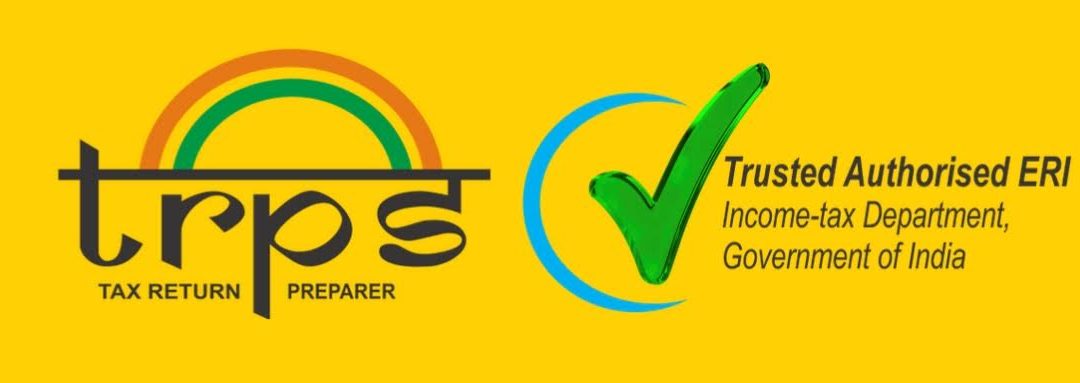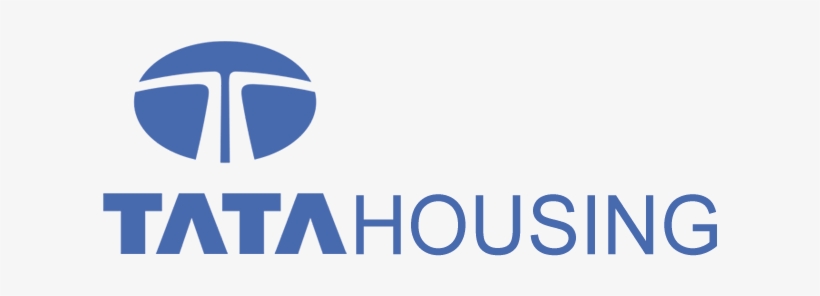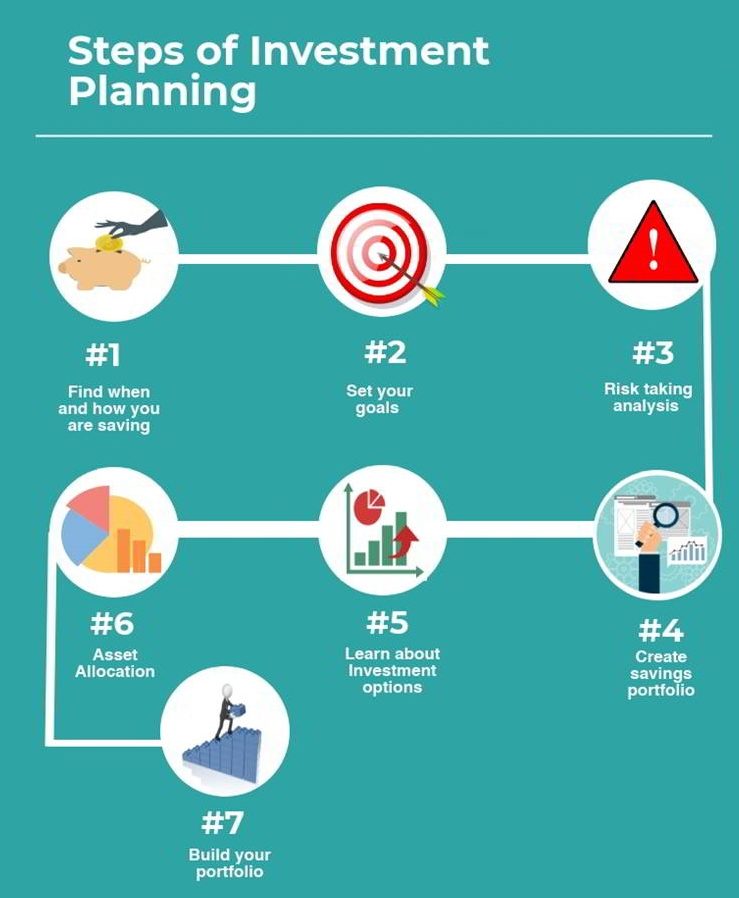
FC01 Gst Tax Planning

Tax Planning (GST-Practitioner)
We are one of the leading Tax Return Preparer and GST Practioner (appointed and authorised) by the Govt of India’s Income Tax Department.
Hi, in our tax experts section we indulge in filing and liasoning work of Income Tax Returns, GST etc. We have a team of qualified Tax experts, comprises of qualified Chartered Accountants and Tax Return Preparer’s(TRP) authorized by Income Tax Department(Govt. of India). Our experts provide you one window service related to all kinds of Income Tax, GST related all works. We have strongly bonded and tie-ups with so many multinational companies, Govt department’s, Hospital for doctors for assisting their tax-related queries and helped them to filing E-Returns and other tax related works. We assure and committed the best services all the time. We provide you best Tax-Planning advice and consultation, and help to prevent from any unforeseen concern from Income Tax and related departments.
GOODS AND SERVICES TAX – AN OVERVIEW
Benefits
1. GST is a win-win situation for the entire country. It brings benefits to all the stakeholders of industry, government and the consumer. It will lower the cost of goods and services give a boost to the economy and make the products and services globally competitive. GST aims to make India a common market with common tax rates and procedures and remove the economic barriers thus paving the way for an integrated economy at the national level. By subsuming most of the Central and State taxes into a single tax and by allowing a set-off of prior-stage taxes for the transactions across the entire value chain, it would mitigate the ill effects of cascading, improve competitiveness and improve liquidity of the businesses. GST is a destination based tax. It follows a multi-stage collection mechanism. In this, tax is collected at every stage and the credit of tax paid at the previous stage is available as a set off at the next stage of transaction. This shifts the tax incidence near to the consumer and benefits the industry through better cash flows and better working capital management.
2. GST is largely technology driven. It will reduce the human interface to a great extent and this would lead to speedy decisions.
3. GST will give a major boost to the ‘Make in India’ initiative of the Government of India by making goods and services produced in India competitive in the National as well as International market. Also all imported goods will be charged integrated tax (IGST) which is equivalent to Central GST + State GST. This will bring equality with taxation on local products.
4. Under the GST regime, exports will be zero-rated in entirety unlike the present system where refund of some taxes may not take place due to fragmented nature of indirect taxes between the Centre and the States. This will boost Indian exports in the international market thus improving the balance of payments position. Exporters with clean track record will be rewarded by getting immediate refund of 90% of their claims arising on account of exports, within seven days.
5. GST is expected to bring buoyancy to the Government Revenue by widening the tax base and improving the taxpayer compliance. GST is likely improving India’s ranking in the Ease of Doing Business Index and is estimated to increase the GDP growth by 1.5 to 2%.
6. GST will bring more transparency to indirect tax laws. Since the whole supply chain will be taxed at every stage with credit of taxes paid at the previous stage being available for set off at the next stage of supply, the economics and tax value of supplies will be easily distinguishable. This will help the industry to take credit and the government to verify the correctness of taxes paid and the consumer to know the exact amount of taxes paid.
7. The taxpayers would not be required to maintain records and show compliance with a myriad of indirect tax laws of the Central Government and the State Governments like Central Excise, Service Tax, VAT, Central Sales Tax, Octroi, Entry Tax, Luxury Tax, Entertainment Tax, etc. They would only need to maintain records and show compliance in respect of Central Goods and Services Tax Act and State (or Union Territory) Goods and Services Tax Act for all intra-State supplies (which are almost identical laws) and with Integrated Goods and Services Tax for all inter-State supplies (which also has most of its basic features derived from the CGST and the SGST Act).
Salient Features of GST
The salient features of GST are as under:
(i) The GST would be applicable on the supply of goods or services as against the present concept of tax on the manufacture or sale of goods or provision of services. It would be a destination based consumption tax. This means that tax would accrue to the State or the Union Territory where the consumption takes place. It would be a dual GST with the Centre and States simultaneously levying tax on a common tax base. The GST to be levied by the Centre on intra-State supply of goods or services would be called the Central tax (CGST) and that to be levied by the States including Union territories with legislature/Union Territories without legislature would be called the State tax (SGST)/ Union territory tax (UTGST) respectively.
(ii) The GST would apply to all goods other than alcoholic liquor for human consumption and five petroleum products, viz. petroleum crude, motor spirit (petrol), high speed diesel, natural gas and aviation turbine fuel. It would apply to all services barring a few to be specified. The GST would replace the following taxes currently levied and collected by the Centre:
- Central Excise Duty
- Duties of Excise (Medicinal and Toilet Preparations)
- Additional Duties of Excise (Goods of Special Importance)
- Additional Duties of Excise (Textiles and Textile Products)
- Additional Duties of Customs (commonly known as CVD)
- Special Additional Duty of Customs (SAD)
- Service Tax
- Central Surcharges and Cesses so far as they relate to supply of goods and services
(iii) State taxes that would be subsumed under the GST are:
- State VAT
- Central Sales Tax
- Luxury Tax
- Entry Tax (all forms)
- Entertainment and Amusement Tax (except when levied by the local bodies)
- Taxes on advertisements
- Purchase Tax
- Taxes on lotteries, betting and gambling
- State Surcharges and Cesses so far as they relate to supply of goods and services
(iv) The list of exempted goods and services would be common for the Centre and the States.
(v) Threshold Exemption: Taxpayers with an aggregate turnover in a financial year up to Rs.20 lakhs would be exempt from tax. Aggregate turnover shall be computed on all India bases. For eleven Special Category States, like those in the North-East and the hilly States, the exemption threshold shall be Rest. 10 lakhs. All taxpayers eligible for threshold exemption will have the option of paying tax with input tax credit (ITC) benefits. Taxpayers making inter-State supplies or paying tax on reverse charge basis shall not be eligible for threshold exemption.
(vi) Composition levy: Small taxpayers with an aggregate turnover in a financial year up to Rest. 50 lakhs shall be eligible for composition levy. Under the scheme, a taxpayer shall pay tax as a percentage of his turnover during the year without the benefit of ITC. The rate of tax for CGST and SGST/UTGST each shall not exceed
• 2.5% in case of restaurants etc.
• 1% of the turnover in a state/ UT in case of a manufacturer
• 0.5% of the turnover in state/UT in case of other suppliers.
A taxpayer opting for composition levy shall not collect any tax from his customers nor shall he be entitled to claim any input tax credit. The composition scheme is optional. Taxpayers making inter-State supplies shall not be eligible for composition scheme. The government, may, on the recommendation of GST Council, increase the threshold for the scheme to up to rupees one crore.
(vii) An Integrated tax (IGST) would be levied and collected by the Centre on inter- State supply of goods and services. Accounts would be settled periodically between the Centre and the States to ensure that the SGST/UTGST portion of IGST is transferred to the Destination State where the goods or services are eventually consumed.
(viii) Use of Input Tax Credit: Taxpayers shall be allowed to take credit of taxes paid on inputs (input tax credit) and utilize the same for payment of output tax. However, no input tax credit on account of CGST shall be utilized towards payment of SGST/UTGST and vice versa. The credit of IGST would be permitted to be utilized for payment of IGST, CGST and SGST/UTGST in that order.
(ix) HSN (Harmonised System of Nomenclature) code shall be used for classifying the goods under the GST regime. Taxpayers whose turnover is above Rs. 1.5 crore but below Rs. 5 crore shall use 2-digit code and the taxpayers whose turnover is Rs. 5 crore and above shall use 4-digit code. Taxpayers whose turnover is below Rs. 1.5 crore are not required to mention HSN Code in their invoices.
(x) Exports and supplies to SEZ shall be treated as zero-rated supplies. The exporter shall have an option to either pay output tax and claim its refund or export under bond without tax and claim refund of Input Tax Credit.
(xi) Import of goods and services would be treated as inter-State supplies and would be subject to IGST in addition to the applicable customs duties. The IGST paid shall be available as ITC for further transactions.
GST Council
The mechanism of GST Council would ensure harmonization on different aspects of GST between the Centre and the States as well as among States. It has been specifically provided that the GST Council, in its discharge of various functions, shall be guided by the need for a harmonized structure of GST and for the development of a harmonized national market for goods and services. The GST Council shall establish a mechanism to adjudicate disputes arising out of its recommendation or implementation thereof.
Minimal Interface
The physical interface between the taxpayer and the tax authorities would be minimal under GST. Certain important provisions in this regard are illustrated as under:
a. There will be cross-empowerment of officers belonging to Central and State Governments. Officer of CGST will be empowered to act as proper officer of SGST and vice versa.
b. Registration will be granted on line and shall be deemed to have been granted if no deficiency is communicated to the applicant within 3 common working days by the tax administration which has been allotted the examination of the application. Such allotment is to be done one each alternately between the Central and the State Tax administration.
c. Taxable person shall himself assess the taxes payable (self-assessment) and credit it to the account of the Government. The return filed by the tax payer would be treated as self-assessed.
d. Payment of tax shall be made electronically through internet banking, or also through credit card and through the modes of Real Time Gross Settlement (RTGS) or National Electronic Funds Transfer (NEFT). Smaller taxpayers shall be allowed to pay tax over the bank counter. All challans for payment of tax shall be generated online on the Goods and Services Tax Network (GSTN).
e. The taxpayer shall furnish the details of outward supplies electronically without any physical interface with the tax authorities. Inward supply details would be auto-drafted from the supply details filed by the corresponding suppliers.
f. Taxpayers shall file, electronically, monthly returns of outward and inward supplies, ITC availed, tax payable, tax paid and other prescribed particulars. Composition taxpayers shall file, electronically, quarterly returns. Omission/incorrect particulars can be self-rectified before the last date of filing of return for the month of September of the following year or the actual date of filing of annual return, whichever is earlier.
g. For mismatched invoices, reversal and reclaim of input tax credit shall be done electronically on the GSTN portal without any tax payer contact. This electronic system would also prevent, inter alia, input tax credit being taken on the basis of fake invoices or twice on the same invoice.
h. Taxpayers shall be allowed to keep and maintain accounts and other records in electronic form.
Input tax credit
Taxpayer is allowed to take credit of taxes paid on inputs (input tax credit), as self-assessed, in his return. Taxpayer can take credit of taxes paid on all goods and services, other than a few items in the negative list, and utilize the same for payment of output tax. Credit of taxes paid on inputs can be taken where the inputs are used for business purposes or for making taxable supplies. Full input tax credit shall be allowed on capital goods on its receipt as against the current Central Government and many State Government practice of staggering the credit in more than one installment. Unutilized input tax credit can be carried forward. The facility of distribution of input tax credit for services amongst group companies has been provided for through the mechanism of Input Service Distributor (ISD).
Refund
Time limit for claiming online refund has been increased from one year to two years. Refund shall be granted within 60 days from the date of receipt of complete application. Interest is payable if refund is not sanctioned within the stipulated period of 60 days. If the refund claim is less than Rs. 2 lakhs, there is no need for the claimant to furnish any documentary evidence to prove that he has not passed on the incidence of tax to any other person. Only a self-certification to this effect would suffice. Refund of input tax credit shall be allowed in case of exports or where the credit accumulation is on account of inverted duty structure (i.e. where the tax rate on output is higher than that on inputs).
Demands
A new concept of sunset clause for tax disputes has been introduced. It provides that Adjudication Order shall be issued within 3 years of filing of annual return in normal cases and the time limit is 5 years (from the date of filing of annual return) in fraud/suppression cases. SCN will have to be issued at least 3 months prior to the time limit prescribed for issue of adjudication order in normal cases and at least 6 months prior to the time limit prescribed for issue of adjudication order in cases involving fraud/suppression etc. Penalty is Nil or minimal if the tax short paid / non-paid is deposited along with interest at the stage of audit/investigation.
Alternate Dispute Resolution mechanism – Advance Rulings
Advance ruling mechanism has been continued under the GST law. The salient features are as under:
a. Advance ruling can be sought in respect of more subjects than allowed at present. The subjects are: classification of goods/or services, time and value of supply, rate of tax, admissibility of input tax credit, liability to pay tax, liability to take registration and whether a particular transaction amounts to a supply under GST law.
b. Advance ruling can be sought not only for new activities but also for existing activities. The facility of appeal, which is not there under the Central law, has been provided in the GST Law.
c. The applicants or the Department, if aggrieved by the advance ruling, would henceforth get the opportunity to file an appeal before the Appellate Authority for revision of the ruling. Advance Ruling can be obtained more easily as there will be one Advance Ruling Authority (as also the Appellate Authority) in every State.
Other provisions of GST
The provisions worth mentioning here are:
(i) Valuation of goods shall be done on the basis of transaction value i.e. the invoice price, which is the current practice under the Central Excise and Customs Laws. Taxpayers are allowed to issue supplementary or revised invoice in respect of a supply made earlier.
(ii) New modes of payment of tax are being introduced, viz. through credit and debit cards, National Electronic Fund Transfer (NEFT) and Real Time Gross Settlement (RTGS).
(iii) E-Commerce companies are required to collect tax at source in relation to any supplies made through their online platforms, under fulfillment model, at the rate notified by the Government.
(iv) An anti-profiteering measure has been incorporated in the GST law to ensure that any benefits on account of reduction in tax rates results in commensurate reduction in prices of such goods/services.
IT Preparedness
Putting in place a robust IT network is an absolute must for implementation of GST. A Special Purpose Vehicle called the GSTN has been set up to cater to the needs of GST. The GSTN shall provide a shared IT infrastructure and services to Central and State Governments, taxpayers and other stakeholders for implementation of GST. The functions of the GSTN would, inter alia, include:
(i) Facilitating Registration
(ii) Forwarding the returns to Central and State authorities
(iii) Computation and settlement of IGST
(iv) Matching of tax payment details with banking network
(v) Providing various MIS reports to the Central and the State Governments based on the taxpayer return information
(vi) Providing analysis of taxpayers’ profile
(vii) Running the matching engine for matching, reversal and reclaim of input tax credit. The target date for introduction of GST is 1st July, 2017.
The GSTN will also make available standard software for small traders to keep their accounts in that, so that straight away it can be uploaded as their monthly returns on GSTN website. This will make compliance easier for small traders.
Get In Touch
224 Vardhman city’s center, gulabi bagh, new Delhi
H.o.
1546 mg road, near sushant lok-1, gurgaon, haryana
branch address
588, sector 14, sonipat, haryana
Email: ifpa@ifpa.in












